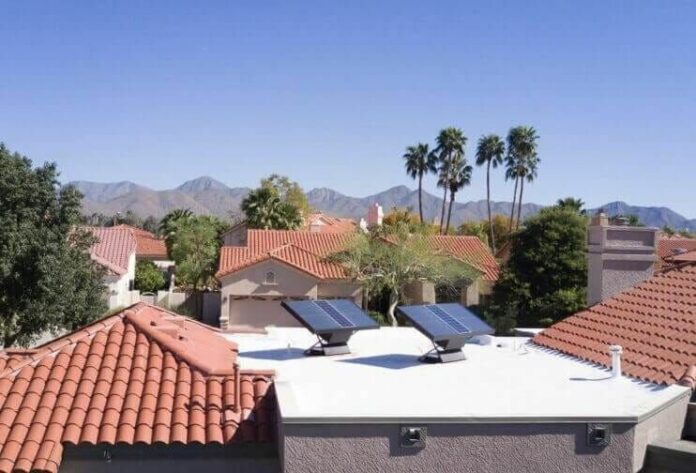Tackling Water Scarcity with Hydropanels
In the face of mounting water scarcity and the urgent need for sustainable solutions, one innovative technology is making a transformative impact: hydropanels. By harnessing the power of solar energy and atmospheric moisture, hydropanels have emerged as a beacon of hope for communities in developing countries grappling with the challenge of securing a reliable and clean water supply.
The Water Crisis in Developing Countries
In many developing countries, access to safe, clean water remains a distant dream. Factors such as climate change, overpopulation, and inadequate infrastructure often exacerbate water scarcity, posing severe health risks and hindering socioeconomic development. This scarcity often results in the consumption of contaminated water, leading to a plethora of waterborne diseases that devastate communities and strain health systems. It’s clear that traditional methods of water sourcing are proving inadequate to meet these challenges. That’s where hydropanels come in.
The Power of Hydropanels in Alleviating Water Scarcity
Hydropanels offer an innovative, scalable, and environmentally friendly solution to the water scarcity crisis faced by many developing nations. They function by extracting water vapor from the air, using solar energy to drive the process. This vapor is then condensed and mineralized to produce clean, safe drinking water. This means that even in regions where groundwater is scarce or contaminated, hydropanels can provide a reliable source of high-quality water.
Hydropanels have the potential to fundamentally change lives in developing countries. They can be installed in a variety of locations – from rooftops in densely populated urban settlements to remote, rural areas. Once installed, they can operate independent of traditional infrastructure, reducing reliance on irregular and often contaminated water supplies. This can lead to a dramatic improvement in public health by reducing waterborne diseases and ensuring that safe, clean water is always available. Furthermore, the long-term cost savings associated with the use of hydropanels over traditional water sources are significant, especially in remote locations where the cost of installing and maintaining infrastructure is prohibitively high.
The Future of Water Security in Developing Countries
While hydropanels may not singlehandedly solve the water scarcity problem in developing countries, they undoubtedly form an essential part of the solution. Their ability to provide clean, safe drinking water independent of traditional water sources and infrastructure makes them a potent tool in the fight against water scarcity. As their adoption increases, these innovative devices have the potential to significantly improve community health, contributing to the overall development and prosperity of regions previously hindered by a lack of access to safe water.
In conclusion, hydropanels offer an innovative and sustainable solution to the pressing problem of water scarcity in developing countries. By generating high-quality drinking water from air and sunlight, they provide a ray of hope for millions struggling with water access. Their impact goes beyond simply providing water – they have the potential to transform community health, bring about long-term cost savings, and play a significant role in sustainable development. The hydropanel revolution is here, and it’s poised to make a significant difference in the lives of many.



